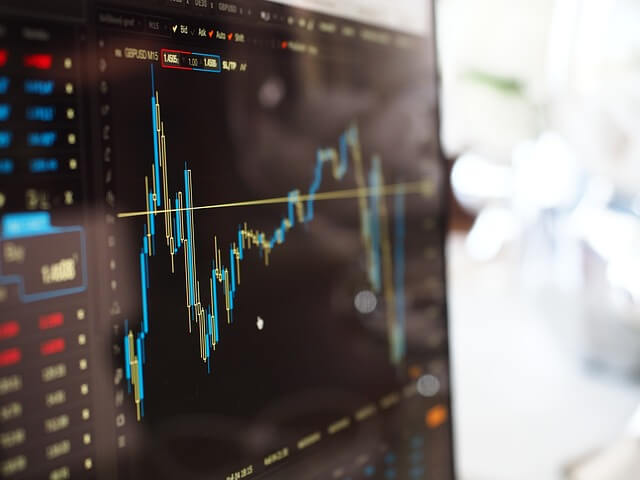How to Spot Trading Trends, According to Financial Experts
We often track changes over time while examining financial market data such as stock prices or exchange rates. As a result, indications like uptrends and downtrends help us to better understand the general direction of the economy. Yet, chartists will remind you that while price movement may offer useful insight into market emotion, it doesn’t always reveal the complete picture. In order to identify whether a stock is “purchasing” or “selling” its shares, many traders just look at price action. Nevertheless, this straightforward interpretation disregards other potential contributing elements, such as market conditions for supply and demand as well as investor psychology. You need to become familiar with trade trends, both positive and negative, in order to gain a better understanding of these hidden signals and their possible impact on your trading performance.
What are trading trends?
A trading trend is an upward and downward trend in price movements that is compatible with economic conditions, according to a MetaTrader 5 expert. As you may expect, prices will match the market’s equilibrium between supply and demand. This explains why prices rise and fall when the economy is strong, and fall and rise when the economy is weak. Trends in trading can move either upwards or downwards. A declining or low-lying trade trend can indicate that a market correction or significant economic event is about to happen, even while the upward trend is good news because it shows the market is responding favorably to favorable economic influences.

Image Source: Pixabay
How crucial is a trading trend?
A trade trend that develops due to market circumstances rather than because of supply and demand raises the possibility that there is a problem with the market. As a result, trade trends are a reliable indicator to keep an eye on when searching for reasons to sell and buy stocks. Investors are informed that something good is happening and that the market is ready for more good news when it begins to trend higher. But, when the market starts to trend downward, it sends the exact opposite message and indicates that the market is less receptive to brand-new products and services and that it is time to consider making a purchase.
Why do trade trends happen?
As supply and demand in the market work together to push and pull prices in a specific direction, trading trends are formed. The economic recovery’s increasing demand for energy and increased energy production’s reduction in supply point to an increase in oil prices in the months to come. The S&P 500’s recent trading close to an all-time high is another indicator of a bullish market trend.
Understanding trading trends
You must go beyond the price action if you want to follow trading trends. You must examine how the market is acting and how it compares to previous data in order to spot a trading trend. Here is some advice from a MetaTrader 5 brokerage firm: Consider yourself an S&P 500-following stock trader to get a flavor of this. You can see from the aforementioned data that the market is at an all-time high right now, therefore it stands to reason that the price of the S&P 500 will likewise be at an all-time high. Of course, this is not the case, therefore you must take additional measures to spot trends. By examining how a stock fits into the larger financial environment, you can learn a lot about its future. Because there is a chance that the outcomes will be more erratic, many investors avoid investing in industries where there is little market activity. But, when done correctly, investing in businesses that are a part of the bigger index can offer important information about the state and direction of the market.
Comments